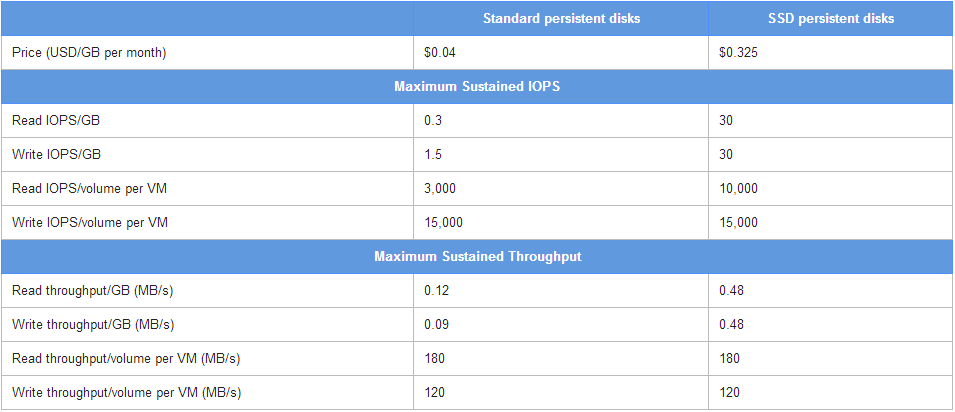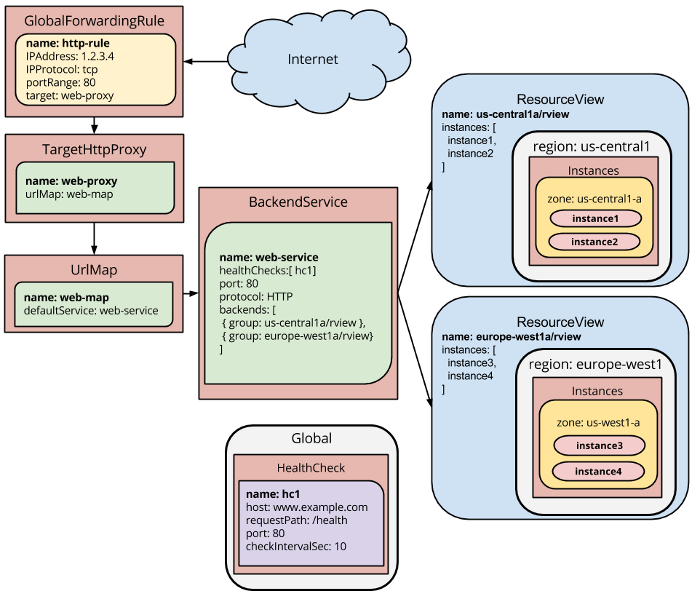Google’s I/O developer conference may just be a few days away, but that hasn’t stopped the company from launching a couple of new features for its Cloud Platform ahead of the event. As Google announced today, the Cloud Platform is getting two features that have long been on developers’ wish lists: HTTP load balancing and SSD-based persistent storage. Both of these features are now in limited preview and developers who want to test them can sign up here.
Developers whose applications need the high number of input/output operations per second SSDs make possible can now get this feature for a flat fee of $0.325 per gigabyte per month. It’s worth noting that this is significantly more expensive than the $0.04 Google charges for regular persistent storage. Unlike Amazon Web Services, Google does not any extra fees for the actual input/output requests. Amazon also offers SSD-based EC2 instances, but those do not feature any persistent storage.
While the standard persistent disks feature speeds of about 0.3 read and 1.5 write IOPS/GB, the SSD-based service gets up to 30 read and write IOPS/GB. The maximum sustained throughput is also significantly higher for the SSD-based volumes.

As for the HTTP load balancing feature, Google says it can scale p to more than 1 million requests per second without any warm-up time. It supports content-based routing and Google especially notes that users can load balance across different regions, which should help global players who want to reduce the latency of their services. Developers who want to optimize their requests for load across their instances instead of latency can also do so. The network itself only has a single external IP address, which according to Google should make network operations pretty straightforward for users who want to use this feature.
As of now, however, HTTP load balancing does not support the SSL protocol. Developers who want to use this feature will have to use Google’s existing protocol-based network load balancing system.

